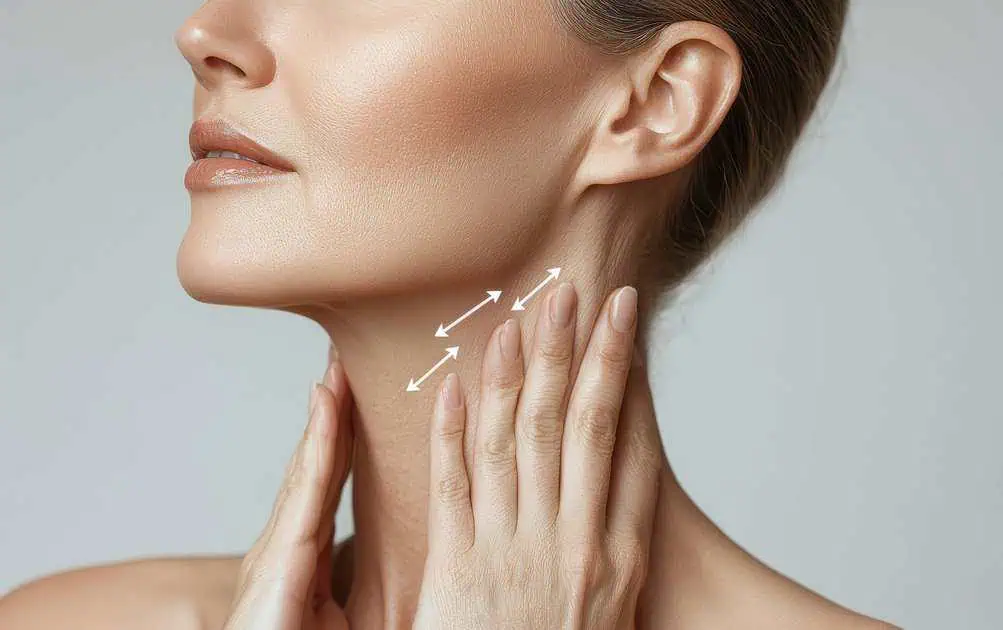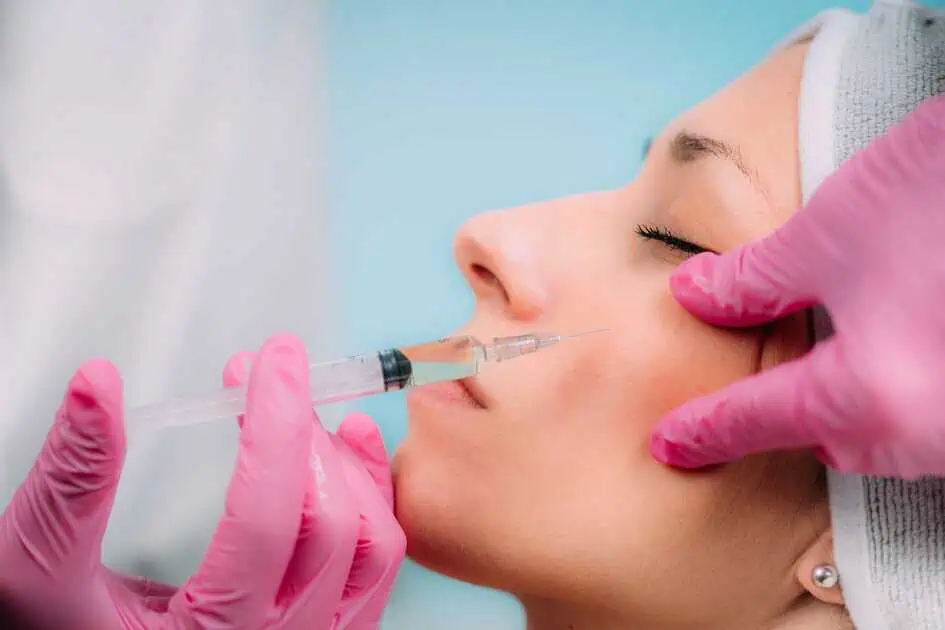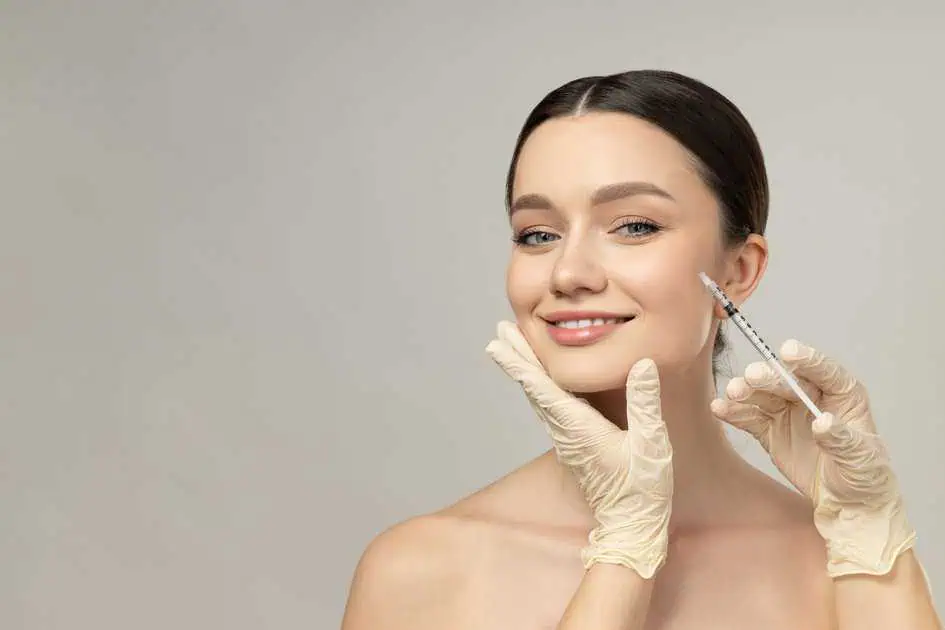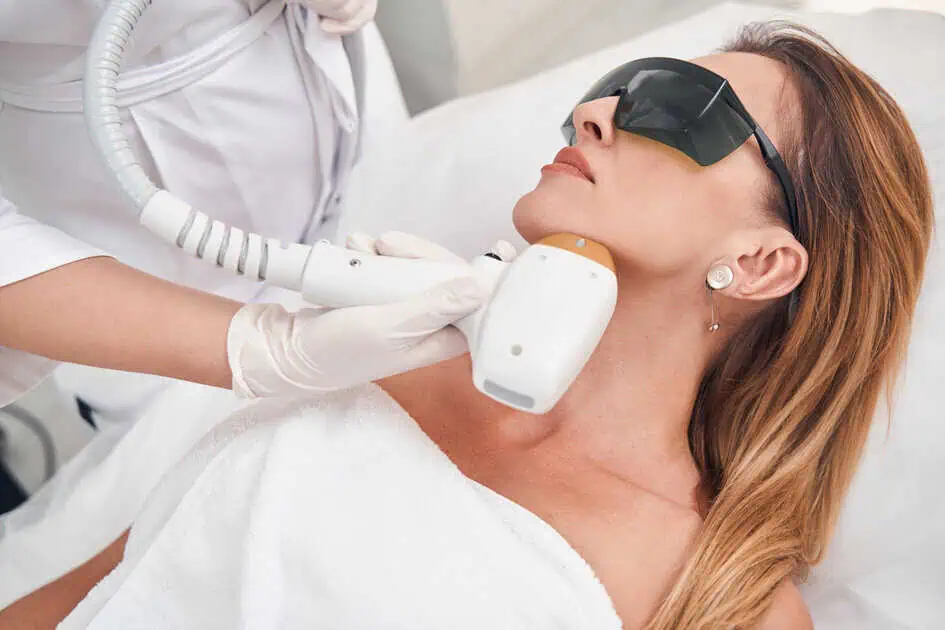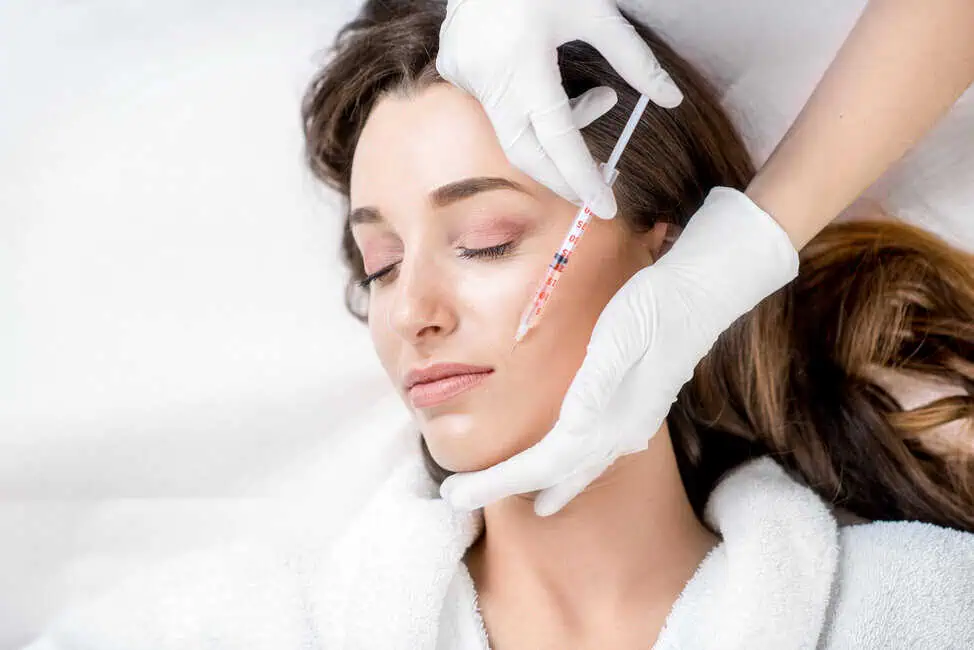U.S. officials finally gave the green light after months of testing. Face fat loss (lipoatrophy) from HIV has been approved by the FDA, and Sculptra (injectable poly-L-lactic acid) is the drug of choice (HIV). Facial lipoatrophy, or the loss of subcutaneous fat, can cause noticeable changes to the face, such as hollow eyes, sunken cheeks, and indentations. Lipoatrophy is a typical complication of HIV infection.
Sculptra’s appeal as a filler for butt lift treatments has grown recently. Nonetheless, you should be aware that, like any other cosmetic process, this has its own risks. However, before we get into that, it would be beneficial to obtain a firm grasp on what Sculptra actually is.
What Is Sculptra?
Below the skin, in the area where fat has been eliminated, injections of the synthetic and biocompatible material Sculptra are applied. Sculptra comprises microparticle beads of poly-L-lactic acid, a biocompatible and biodegradable synthetic polymer from the alpha-hydroxy-acid family. Because of Sculptra’s ability to increase skin thickness, fine lines and wrinkles are diminished, and hollow areas are filled in.
The treatment’s efficacy is evident after just a few sessions. In most cases, you’ll need between three to six treatments, with periodic touch-ups. Over time, these beads will dissolve into harmless, all-natural collagen. According to the clinical research results, most patients continued to recover for up to two years after the initial treatment. Two weeks after treatment, patients will be examined to see if additional injections are needed.
If you are allergic to any formulations in Sculptra, you should not use them. If there is infection or inflammation in the area to be treated, Sculptra injections should be delayed.
Two hundred and seventy-eight individuals with advanced HIV-related lipoatrophy of the face were enrolled in four investigations using Sculptra. Skin thickness in the cheek and nasolabial regions increased by 3.9 to 5.3 mm from week 8 to week 12 relative to week 0 baseline.
Sculptra Safety Information
Don’t use Sculptra if you are allergic to poly-L-lactic acid, carboxymethylcellulose, or nonpyrogenic mannitol.
If there is an active infection or inflammation at the injection site, Sculptra shouldn’t be administered. Sculptra shouldn’t be used on patients who have had or are at risk for hypertrophic scarring or keloid formation. Tell your provider if you’ve ever had difficulties hearing in the region around the treatment site or if you’ve ever had any skin infection or inflammation (such as cysts, pimples, a rash, or hives).
Patients with coagulation problems or taking blood thinners or anticoagulants like aspirin, warfarin, or Plavix may be at a higher risk for developing hematomas, bleeding, or bruising at the injection site. Using NSAIDs may increase your risk of bleeding and bruising.
For over two years, Sculptra research has been put on hold. Not only is there no evidence that this medication is safe or effective during pregnancy, but there has also been no study of its effects on breastfeeding mothers. Underage people shouldn’t use Sculptra.
Common local anesthetic lidocaine has not been investigated in conjunction with Sculptra, nor have any other drugs or implants. However, your provider may suggest using lidocaine as an anesthetic.
There is an increased risk of papules and nodules after receiving Sculptra injections in the periorbital (around the eye) area.
Keep out of the sun and away from UV lamps until the initial redness and swelling after Sculptra treatment has subsided.
Active skin treatments, such as chemical peels or laser treatment, applied before or after Sculptra treatment may increase the likelihood of an inflammatory reaction at the implant site.
If you want to have Sculptra injections, don’t get them near your eyes or lips because of the risk of damaging blood vessels.
It is vital to disclose to your provider if you have received Sculptra treatments and are planning to undergo radiologic imaging of the face (such as a CT or MRI).
Sculptra Side Effects
The most common Sculptra side effects include injection site reactions such as bruising (21%), pain (13%), edema (10%), and redness (2%). A warm, itching sensation is frequently reported by those affected—most reactions at the injection site last between 3 and 17 days. Injection reactions may be treated with antihistamines or anti-inflammatory medications.
Small bumps (granulomas) may appear under the skin 6-12 months after treatment. It’s possible that you won’t even notice these bumps. It’s not known if the spots will go away on their own. Probable side effects include redness and swelling at the injection site. A number of the masses have required either corticosteroid injections or surgical removal. Possible complications include massive swelling and infection.
What Happens During Sculptra Procedure
You and your provider will discuss the need for local anesthesia before injections are given. Your provider needs to know about any medications you use, whether they are prescribed or over-the-counter, as well as any herbal or nutritional supplements you take.
Don’t get injections unless your face is spotless. The injection site will be sterilized with antiseptics. It will require several little needle injections. After administering an injection, the area will be rubbed to facilitate even drug distribution. Unless otherwise indicated, an ice pack can be used to reduce swelling.
Redness and swelling are common reactions to injections. Your provider will provide detailed instructions to help mitigate the effects of this adverse event.
After receiving treatment, most patients immediately return to their regular routines. A few hours after treatment, you can spread makeup if you don’t have any bleeding or open sores.
Find The Right Provider
The point of Sculptra cosmetic treatment is to enhance your aesthetics. So naturally, if you are considering Sculptra, expect that changes will inevitably happen to you. What those changes will be is up to you on how you can find the right provider for the task.
Applying cosmetic treatments is like using science and artistry skills simultaneously. Depending on the provider you hire, you can expect different results based on their skill sets—the better the provider, the better and safer outcomes you can expect. That fact is also true for Sculptra. So if you are interested in finding the right provider, consider contacting and visiting our clinic, Preva Aesthetics, for a consultation. We also provide other cosmetic services that you might find helpful for your aesthetic goals.

